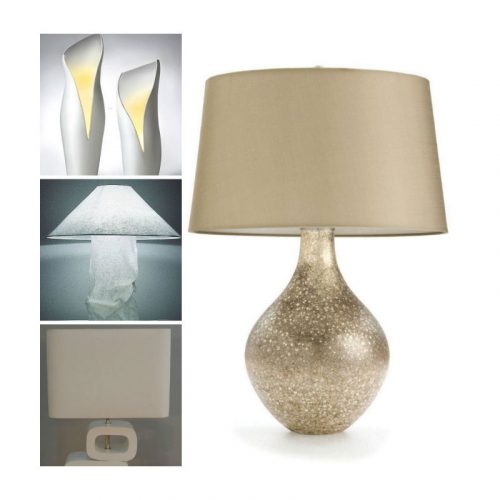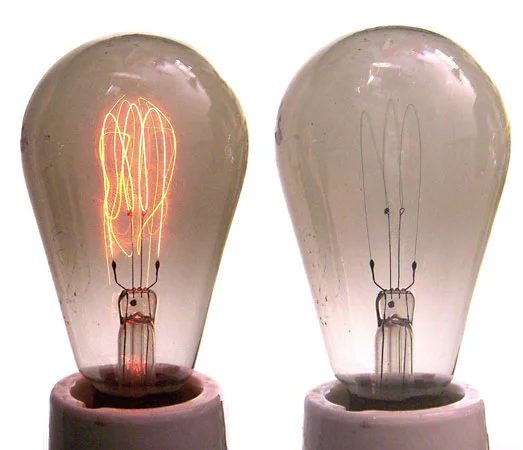
lamp, device for producing illumination, originally a vessel containing a wick soaked in combustible material and subsequently such other light-producing instruments as gas and electric lamps.
The lamp was invented at least as early as 70,000 BCE. Originally it consisted of a hollowed-out rock filled with moss or some other absorbent material that was soaked with animal fat and ignited. In the Mediterranean area and the Middle East, the earliest lamp had a shell shape. Originally, actual shells were used, with sections cut out to provide space for the lighting area; later these were replaced by pottery, alabaster, or metal lamps shaped to resemble their natural prototypes. Another basic early type of lamp, found in ancient Egypt and China, was the saucer lamp.

Made of pottery or bronze, it was sometimes provided with a spike in the centre of the declivity to support the wick, which was used to control the rate of burning. Another version had a wick channel, which allowed the burning surface of the wick to hang over the edge. The latter type became common in Africa and spread into East Asia as well.
The most important subsequent improvement in the incandescent lamp was the development of metallic filaments, particularly of tungsten. Tungsten filaments quickly replaced ones made of carbon, tantalum, and metalized carbon in the early 1900s, and they are still used in most filament lamps today. Tungsten is highly suitable for such lamps because of all the materials suitable for drawing into filament wires, it has the highest melting point.
This means that lamps can operate at higher temperatures and therefore emit both whiter light and more light for the same electrical input than was possible with less durable and less refractory carbon filaments. The first tungsten-filament lamps, introduced in the United States in 1907, made use of pressed tungsten. By 1910 a process (patented in 1913) for producing drawn tungsten filaments had been discovered.

The early tungsten lamps, like carbon lamps, suffered from the migration of filament molecules to the glass bulb, causing a blackening of the bulb, a loss in light output, and progressive thinning of the filament until it broke. About 1913 it was found that the introduction of a small amount of inert gas (argon or nitrogen) reduced migration and enabled the filament to be run at a higher temperature, giving a whiter light, higher efficiency, and longer life. Further improvements followed, including the development of the coiled filament.